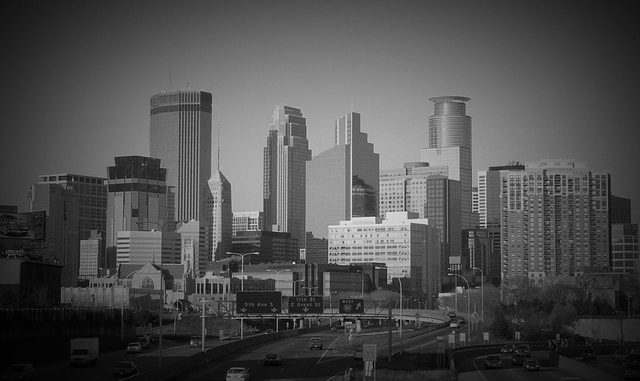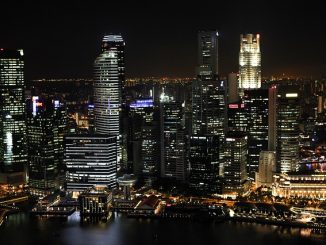
Local authorities have been at the center of energy developments for a few years. Do they know it? I think so. The local dimension of some energy systems, district heating networks, geothermal energy, use of unavoidable energy, electricity generation from household waste, is now clearly understood.
Many recent initiatives have changed the urban energy landscape:
– Cities develop or stimulate the development of local energies and heat networks.
– Eco-districts are multiplying.
– Green mobility is gaining ground every day (use of e-bikes, electric buses, restriction of the access of the city centers for the cars with thermal engines etc …)
– Households are locally incentivized or supported in the development of renewable energies or energy efficiency
However, the evaluation of these first actions sometimes leave a feeling of incompleteness and reveal insufficient performances:
– The energy performance of eco-districts rarely achieves the target … or promises.
– The move towards green mobility often divides people
– The various local energy players are rarely coordinated
– Residential energy-intensive equipment replacement programs need time to succeed
After several years of effort, the action of a city seems to cap. Why is that ? What would be the locking points to be lifted, in the majority of cases, to allow it to resume his march forward?
– Lack of operational skills in energy matters: this affects local energy governance because it is essential to be credible and specifically accurate in the coordination of the different actors. It also penalizes the city’s ability to analyze situations, actions and results.
– No global reasoning: several axes of globalization are to be led. It is important to optimize, for each energy, the local chain, from production to consumption including storage and distribution. Designing simultaneously, electricity, gas, heat, water, waste and mobility is essential because important energy interactions exist between each area. The reasoning must cover the entire lifecycle of the facilities: how to operate an eco-district, dynamically adapt a mobility scheme or manage the end of life of a production facility?
This requires rare global skills that public procurement processes are not suited to select.
– Each action must be conducted in a perspective and a common framework ensuring consistency between each contribution. Too many actions are often carried out in a needy way, disconnected from the global stakes. The thinness of public budgets is a partial explanation as, in many cases, small and “cheap” improvements would make great progress.
Moreover, cities are rarely creative to imagine partnerships with the private world to attract additional capital that would allow more actions and results, without “attracting the wolf into the fold” as they often fear.
These blocking points may seem trivial, their resolution accessible. But solving them may suppose the need to deeply review and refocus the way cities are operated: will they be able to quickly solve this equation and achieve their energy and environmental goals without relying only on pressuring consumers?
Subscribe to receive every quarter all articles of the blog: [sibwp_form id=2]




Leave a Reply